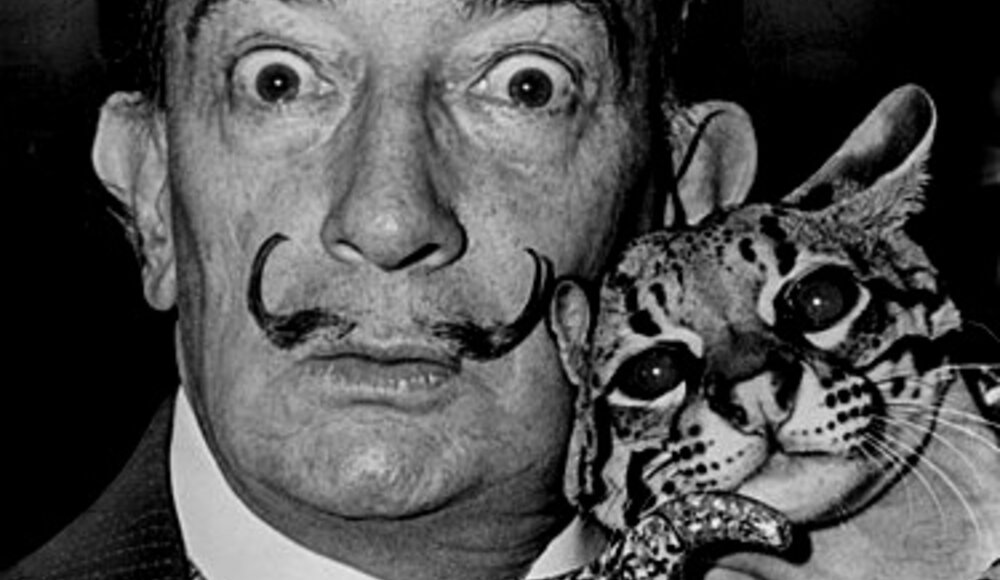Salvador Dali is undoubtedly one of the most eccentric artists of the past. He is well known for his striking and dreamlike canvases that contributed greatly to the success of the Surrealist movement, but his unique artworks are not the only thing to be remembered in the incredible life of this artist.
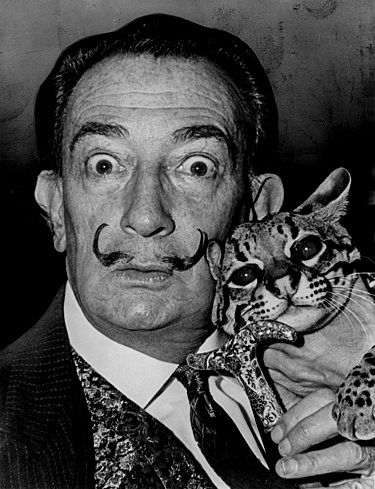
1- Velazquez's moustache
The origin of the famous moustaches of the Spanish painter is still today an inexhaustible subject of discussion. Many believe that the 17th century Spanish artist Diego Velazquez is the source of inspiration for this well-known moustache. According to Carme Ruiz of the Center for Dalinian Studies, "his house in Portlligat is decorated with many portraits of people with moustaches and Velazquez is one of them". Diego Velazquez is especially famous for being the court painter of King Philip IV in the 1600s. The inspiration can also be attributed to Marcel Proust: Asked about his eccentric moustache during a 1954 game show, Dali had notably alluded to the famous French writer.
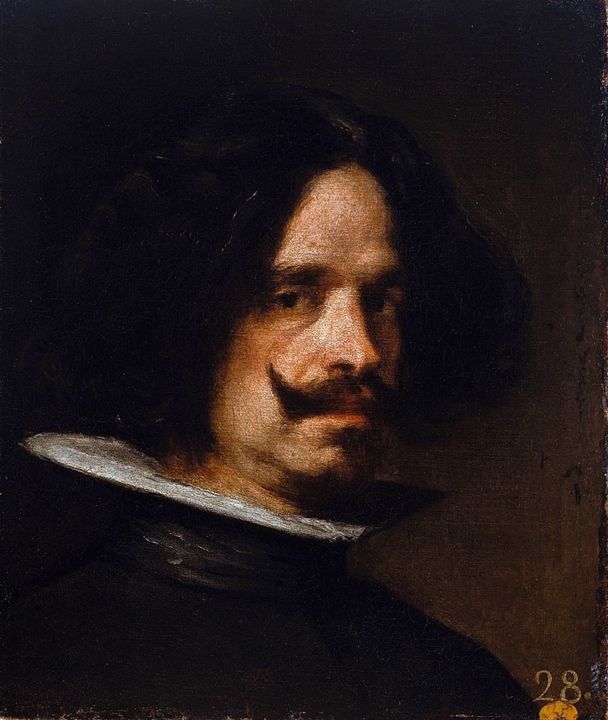
2- A collaboration at Disney
According to the story, Salvador Dali and Walt Disney originally met at a dinner party hosted by Jack Warner (Founder of Warner Bros.) in August 1944. Dali was Warner’s guest whilst working on the film "Spellbound" by Alfred Hitchcock. After their first meeting, the two men had the idea to collaborate on the short film "Destino". Dali began working on the film in 1946, creating 22 paintings and over 135 storyboards, drawings and sketches. The Disney studio then generated about 20 seconds of original animation based on these ideas. However, financial pressures caused by World War II and other commitments forced the studio to shelve "Destino" and it sat in Disney's vault for decades. In 1999, Roy E. Disney decided to complete the studio's work on "Destino" while completing the production of "Fantasia 2000". Although Dali and Disney were not there to see it in person, their once abandoned film was warmly received and even won an Oscar nomination for Best Animated Short Film when it was finally released in 2003.
3- Phobia of insects
The Spanish painter suffered from a general fear of insects also called parasitosis: that is to say the delirious conviction of being infested with parasites. To be exact, one could say that Salvador Dali did not suffer from phobias, but rather that he revels in them and then his paintings are filled with these insects that terrified him. Swarming black ants, colorful butterflies evolving in clusters, oversized grasshoppers perched on the mouth of a deformed head ... Dali was particularly afraid of the latter: during his youth, he had been tormented by other children who had thrown them at him. They thus constitute a recurring motif in his works: symbols of waste and destruction, they devour the subjects represented on the canvas. Ants are a common image, signifying decomposition, also evoking a fear of death.
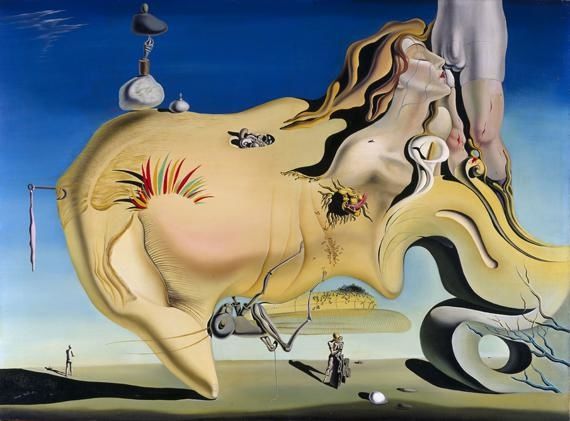 "Le Grand Masturbateur", Salvador Dali, (1929). Huile sur toile, 110 cm x 150 cm. Madrid, Museo nacional centro de arte Reina Sofia. (SALVADOR DALI, FONDATION GALA-SALVADOR DALI )
"Le Grand Masturbateur", Salvador Dali, (1929). Huile sur toile, 110 cm x 150 cm. Madrid, Museo nacional centro de arte Reina Sofia. (SALVADOR DALI, FONDATION GALA-SALVADOR DALI )
4- The Chupa Chups logo
Many people ignore it but the Chupa Chups logo was designed by the artist Salvador Dali. In 1969, the Spanish painter was approached by the brand to design a new Chupa Chups logo, and the result became as instantly recognizable as his famous melting clocks. Dali incorporated the Chupa Chups name into a brightly colored daisy shape. To increase the impact of the brand, Dali even suggested that the logo be placed on top of the lollipop rather than on the side so that it could always be seen intact.
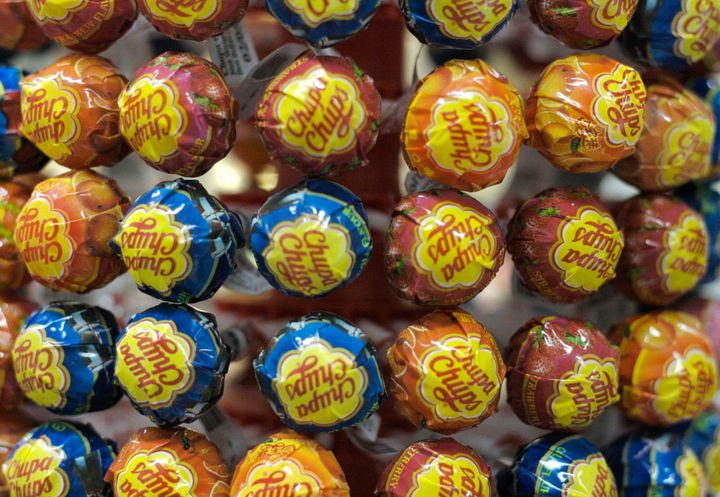
5- The painter and the rocker
In the early 70's, Dali used his connection to the music business to meet personalities such as Brian Jones, Bryan Ferry and David Bowie. At that time Salvador Dali wanted to use a controversial young musician as the subject of his new creative project. It was after attending an Alice Cooper concert that the painter set his sights on the hard-rock star. "He said it was like seeing one of his paintings come to life." In 1973, Salvador Dali thus created a portrait of the brain of Alice Cooper using chocolate éclairs, ants, diamonds and the first holographic technologies... Alice Cooper will testify later "with Dali, everything was a performance. Every night, we would go to Studio 54 or to see Andy Warhol at the factory. Dali always hung out with a lot of weird characters, so I was happy to sit back and enjoy the show. I was in the presence of the master".
6- Fascination for Hitler
Dali once said: "I have often dreamed of Hitler as a woman. His flesh, which I had imagined to be whiter than white, delighted me... ". This fascination resulted in several works of art, including his famous "The Enigma of Hitler" of 1939. A controversial stance, to say the least, which earned him his exclusion from the surrealist movement at the time. The Surrealists were at the time generally aligned with a Marxist ideology and were horrified by Dali's adherence to authoritarianism and in particular his fascination for the German Führer, which is understandable ... Undeterred, Dali continued to praise Franco's domination of Spain during the 1940s.
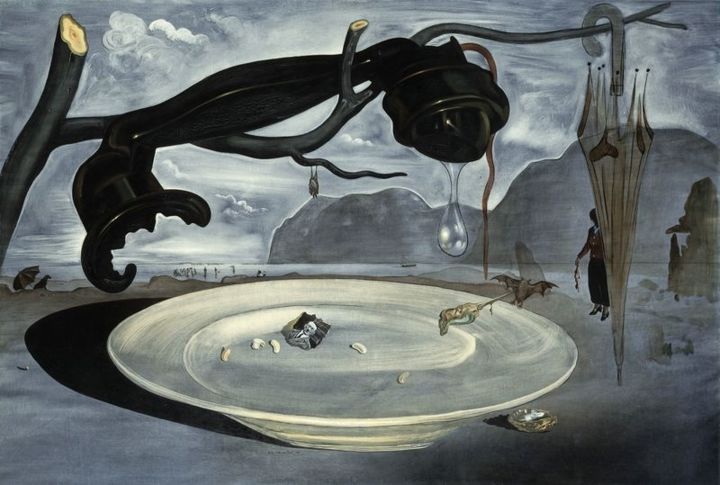 "The enigma of Hitler (L’Énigme d’Hitler)", Salvador Dali, (1939). Huile sur toile, 95 x 141 cm . Madrid, Museo nacional centro de arte Reina Sofia. (SALVADOR DALI, FONDATION GALA-SALVADOR DALI )
"The enigma of Hitler (L’Énigme d’Hitler)", Salvador Dali, (1939). Huile sur toile, 95 x 141 cm . Madrid, Museo nacional centro de arte Reina Sofia. (SALVADOR DALI, FONDATION GALA-SALVADOR DALI )
7- Reincarnation of his brother
When Dali was five years old, he was taken to his brother's grave and his parents told him that he was the incarnation of his older brother. The older brother, also named Salvador, had died almost nine months to the day before Dali was born. Dali came to believe that he was the reincarnation of his older brother and portrayed him in several of his paintings, including the painting "Portrait of My Dead Brother”.
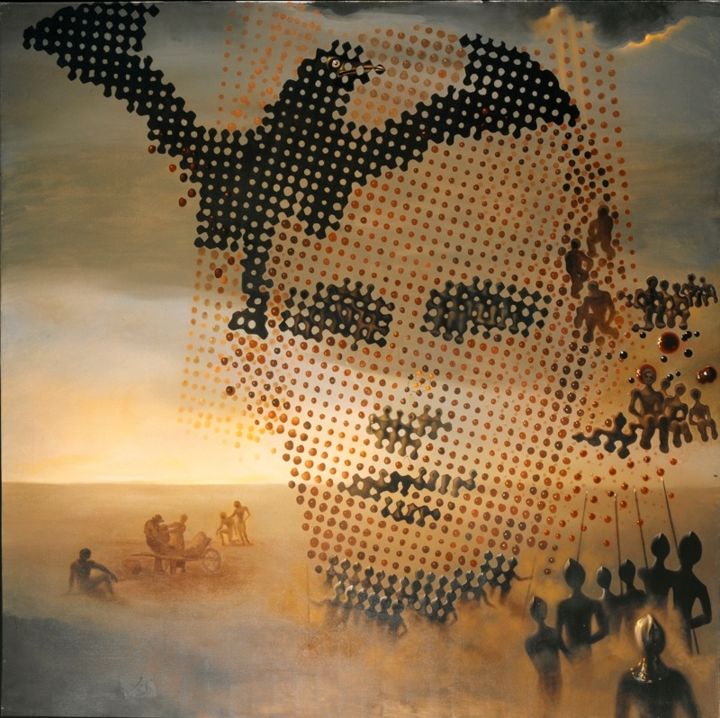
"Portrait of my dead brother (Portrait de mon frère mort)", Salvador Dali, (1939). Huile sur toile,
175.3 x 175.3 cm. The Dali Museum, St. Petersburg (Floride). (SALVADOR DALI, FONDATION GALA-SALVADOR DALI )
8- Obsession with cauliflower
Limousine or cab? Much too commonplace for the surrealist painter. That's why Dali preferred to be at the wheel of a Rolls Royce filled to the brim with... cauliflowers. The "veggie-mobile" was therefore a vehicle of choice for the Spanish painter when he wanted to go to the Sorbonne University in Paris to give a lecture. He explained that he had found a deep meaning in this vegetable. "Everything has its origins in rhinoceros horn!" "Everything has its origins in Vermeer's Lacemaker!" "It all ends with the cauliflower!"
9- The amazing gift to his wife
The Gala Dali Castle of Púbol is a medieval construction in which Salvador Dali was able to give free rein to his astonishing creative imagination, for the attention of only one person: his wife Gala. This place was dedicated to rest and served as a refuge for his wife. When Dali bought the Château in 1969, he said, "I had to offer Gala a solemn setting worthy of our love. That is why I gave her a manor house built on the remains of a 12th century castle in La Bisbal, the former Castle of Púbol". The Spanish artist wanted his wife to reign as absolute sovereign over the place, so much so that it was necessary to obtain a written invitation from her in order to have the right to come and visit her...
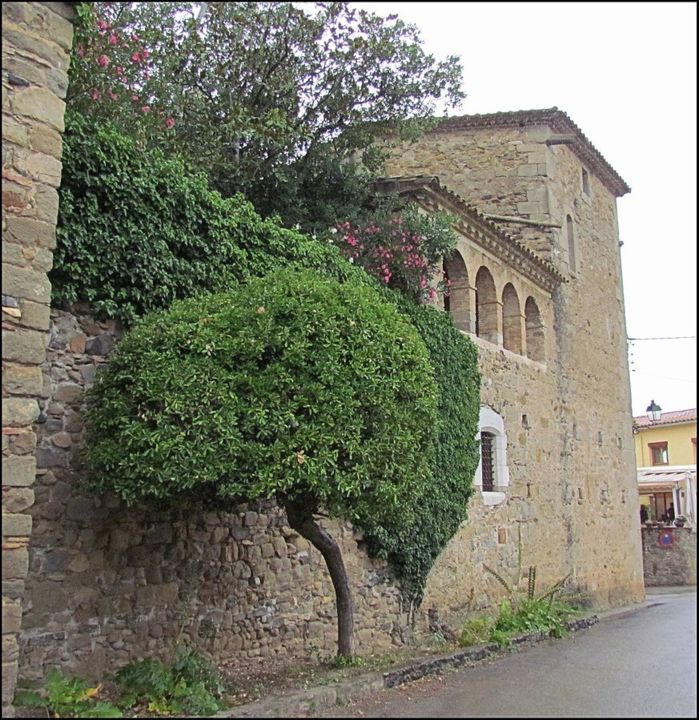
10- Yoko Ono's swindle
Impossible to finish this top without a last anecdote about the famous artist's moustache. Salvador Dali is said to have swindled the Japanese artist and musician Yoko Ono one day by making him pay $10,000 for a fake hair on his moustache. Amanda Lear, muse and lover of Dali would have declared. "Throughout his life, Dali could never resist when someone waved a check under his nose". The singer said that Dali almost sold John Lennon's wife’s real hair, but he thought Yoko Ono was a witch and that she could put a spell on him. "He sent me into the garden to get a blade of dried grass and I put it in a nice little box. Dali loved to swindle people," Amanda Lear is said to have revealed, explaining how Ono was tricked.
Did you like this top? Find all the available works of Salvador Dali in our Artmajeur collection.

